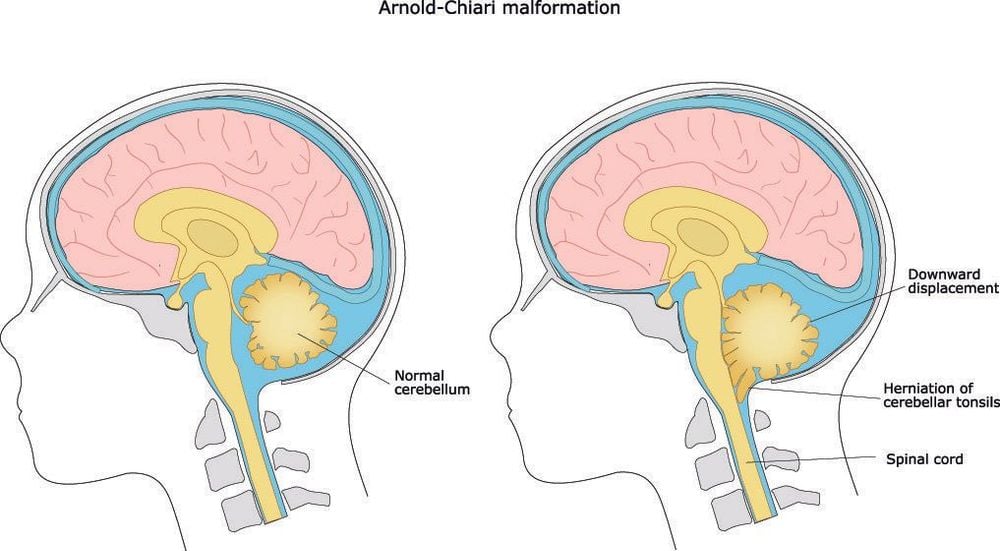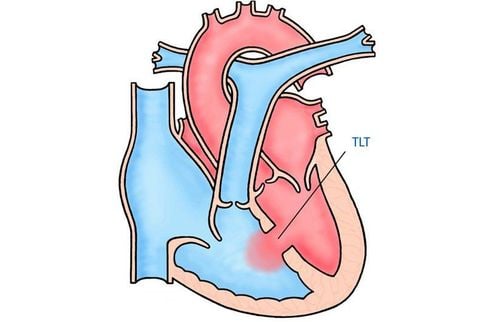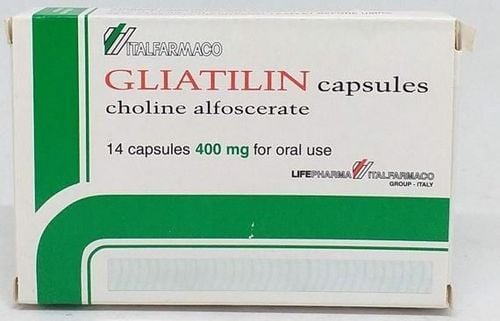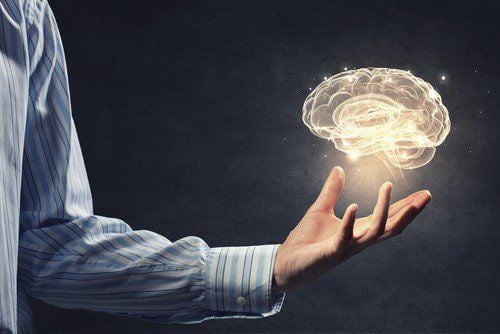This is an automatically translated article.
Arnold Chiari syndrome forms during fetal development, this is a birth defect that causes excessive brain distortion due to a size mismatch or deformity of a certain skull area.
1. Causes of Arnold Chiari . Syndrome
Currently, researchers have not found the exact cause of this anomaly, but Chiari malformation syndrome is not related to defects in the chromosomes. According to statistics, the incidence of Arnold Chiari syndrome is 1 in 100,000. Here are some possible causes of Arnold Chiari syndrome:
The fetal skull during development undergoes changes such as: A reduced posterior ganglion is formed, which becomes an obstacle to normal development. usually of the cerebellum. There may be other disorders in the growth and development of the skeletal apparatus that do not match the parameters of the brain. In the uterus of the mother too large formations with the same occipital opening. The baby suffered a traumatic brain injury during labor. Children with spinal cord injury with dilation of the central canal.
2. Is Arnold Chiari syndrome dangerous?
Chiari deformity will have different manifestations and levels of danger. Therefore, Arnold Chiari syndrome is divided into 4 types as follows:
2.1. Arnold Chiari syndrome type I Chiari malformation type 1 occurs during fetal development. Characteristic of this malformation is the position of the cerebellar amygdala moving more than 4mm below the occipital foramen into the cervical spinal canal. This movement prevents the normal circulation of cerebrospinal fluid between the spinal canal and the intracranial space.
Abnormalities of the base of the skull and spine are found in about 30-50% of patients with Chiari malformation type I. Symptoms include:
The upper part of the spine is compressed into the base of the skull, causing the brain stem to bow. squeeze. First cervical vertebra with fused skull base. The first and second cervical vertebrae are partially fused. Congenital sticky deformity of the cervical vertebrae. Hidden spina bifida. Scoliosis often occurs in children, caused by an immature spine. Many people with Chiari malformation type I do not have symptoms. Some of the prominent symptoms of Chiari type 1 deformity include:
Headache and neck pain. Occipital headache, which is especially painful when coughing, sneezing, or straining. Loss of pain sensation in the upper body and arms (due to emptying of the marrow). Weakness in the hands and arms (due to hollow marrow). Collapse due to muscle weakness. Stiff paralysis. Dizzy . Having problems with balance. Blurred vision. Sensitive to bright light.

Các hội chứng Arnold Chiari sẽ có những biểu hiện và mức độ nguy hiểm khác nhau.
2.2. Arnold Chiari syndrome type II Chiari malformation type 2 through imaging shows migration of the descending medulla oblongata, fourth ventricle, and cerebellum into the cervical canal. This type often occurs in patients with a hernia. A hernia is a birth defect in which the spinal cord and spine do not close properly during fetal development, causing the child to be born after birth. out, part of the spinal cord is exposed posteriorly. Other abnormalities include hydrocephalus, cardiovascular problems, malformations without anus as well as digestive and genital abnormalities. When Chiari malformation type 2, the child will have the following typical symptoms. :
Irregular breathing, with apnea (a brief pause in breathing). Vomit. Rapid, unintentional downward eye movements. Weak arm. 2.3. Arnold Chiari syndrome type III Arnold Chiari syndrome type 3 causes a spinal birth defect with a partial herniation of the cerebellum or brainstem at the back of the head and neck. These malformations are rare and have a high rate of early mortality, causing severe neurological disturbance in survivors if they survive. Hydrocephalus is often accompanied by Chiari syndrome.
Infants with Chiari malformation type III cause life-threatening complications.
2.4. Arnold Chiari syndrome type IV This is the most severe of the four Chiari malformations and is also very rare. In this malformation, the cerebellum does not develop normally. There may be other related malformations of the brain and brain stem. The patient has the following symptoms:
Scoliosis. Loss of sensation, especially of heat and cold. Weakness and muscle spasms. Loss of bowel and bladder control. Reduced mobility. Chronic pain. Accompanying headache. It can be seen that Chiari syndrome is very dangerous, causing typical symptoms for patients, affecting health as well as ability to function. This is a birth defect that causes nerve damage, which has occurred and is often irreversible, so surgery may be the solution. However, depending on the subject, some people have to have surgery again, some people still do not have relief from the symptoms caused by the disease after surgery. Therefore, it is necessary to consider carefully before making a decision.
Please dial HOTLINE for more information or register for an appointment HERE. Download MyVinmec app to make appointments faster and to manage your bookings easily.













